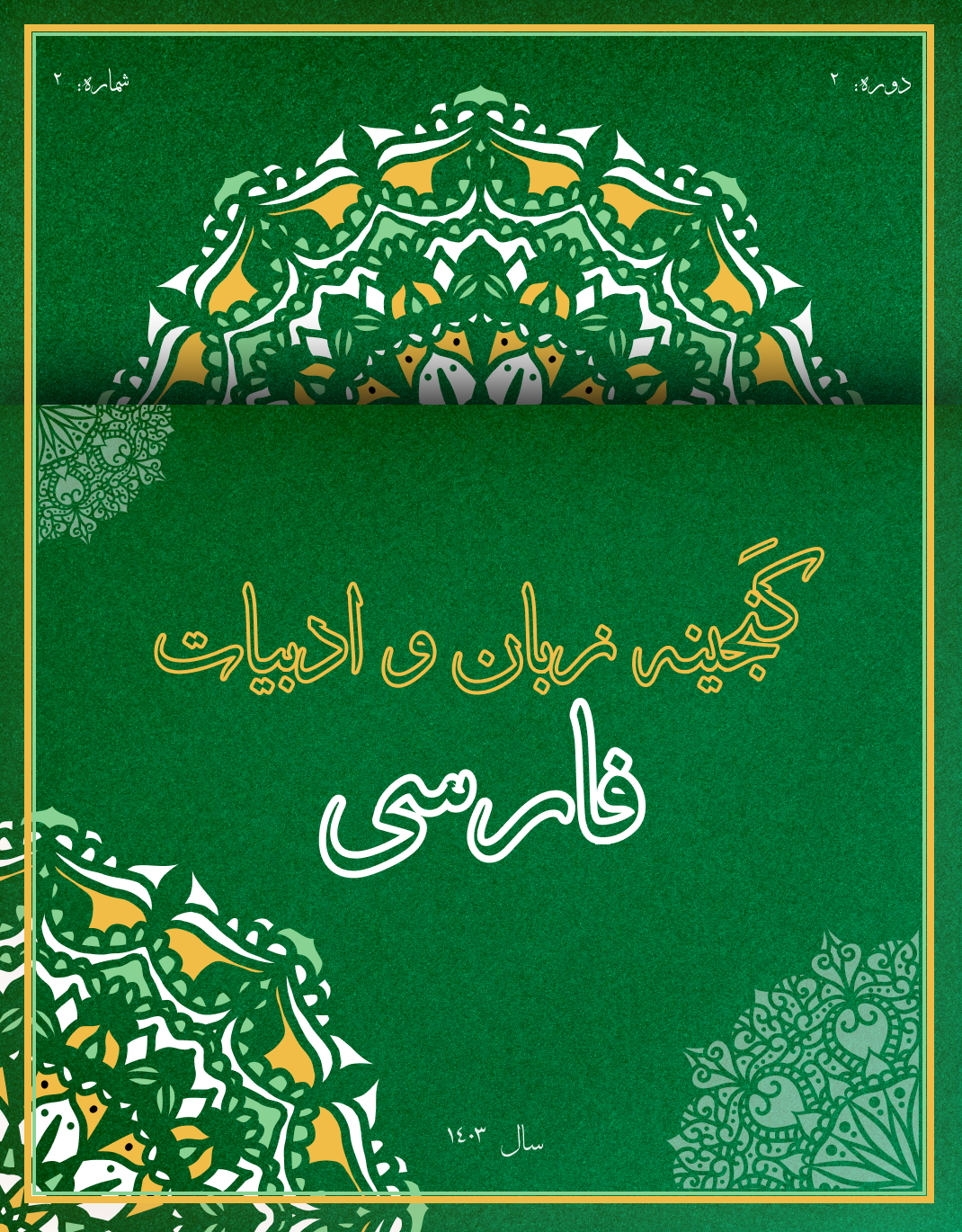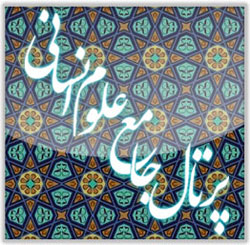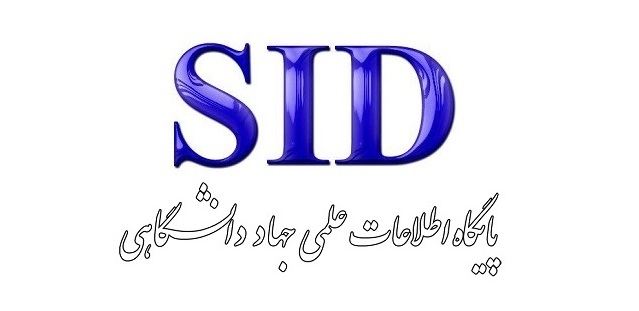جنبههای اسطورهای شاهنامه، در بخش تاریخی (از پادشاهی اسکندر تا حملۀ اعراب)
کلمات کلیدی:
شاهنامه, فردوسی, زبان وادبیّات فارسی, اسطوره, تاریخچکیده
حماسۀ ملی ایران، شاهنامه، سترگترین اثر ملّی و هویّتی مردمان ایران از دیرباز تا کنون است که بهویژه، در حوزۀ مطالعات اساطیری، جایگاهی قابل توجّه دارد. آنچه بیش از دیگر آثار بزرگ اساطیری، شاهنامه را مانا و جاودان کرده است، آن است که در تمامی داستانهای آن از جمله بخش تاریخی شاهنامه نیز، ردپای اساطیر را میتوان یافت؛ گواه این مدّعا آنکه ردپای اسطوره را در جای جای حوادث بخش مربوط به روایات تاریخی شاهنامه میتوان بهخوبی مشاهده نمود. هدف این جستار آن است که با توجّه به بررسی داستانهایی از بخش تاریخی شاهنامه، ردّپای اسطوره و حوادث شگفتانگیز و خارقالعادۀ آن را، در این قسمت، مورد واکاوی قرار دهد. اهمّیّت شیوۀ رویارویی فردوسی با حوادث تاریخی، زمانی بیشتر میشود که درمییابیم که خرده روایتها دربارۀ زندگی و پادشاهی شخصیّتهای تاریخی شاهنامه در قسمت سوم، در پارهای موارد، به صورت فراواقعیّت مطرح شدهاند و نه تاریخ محض. در این پژوهش که به شیوۀ توصیفی- تحلیلی و بر مبنای دادههای کتابخانهای و روش سند کاوی صورت گرفته است، نشان خواهیم داد که استاد طوس، بهویژه در بیان خرده روایتها در بخش تاریخی شاهنامه، بهمیزان زیادی از رویکردهای اسطورهای در ذکر حوادث تاریخی بهره گرفته است.
دانلودها
مراجع
1. Pirnia H. Ancient Iran or a Brief History of Iran Until the End of the Sasanian Dynasty. Tehran: Roshanaei; 1964.
2. Hessampour S. The Image of Alexander in Wavy Mirrors. Research in Persian Language and Literature, University of Isfahan, New Series. 2010(2).
3. Amini-Sabet M, Mahouzi A. The Flight of a Myth from Epic to Mysticism. Pazhoohnameh Adab-e Hamasi. 2016;12(21).
4. Sarkarati B. The Mythological Foundation of the Iranian National Epic: Publications of the Ferdowsi Shahnameh Foundation; 1977.
5. Khaleghi Motlagh J. Ancient Words. Tehran: Afkar; 2002.
6. Frazer JG. The Golden Bough. Tehran: Agah; 2007.
7. Kazazi M. Dream, Epic and Myth. Tehran: Markaz; 1997.
8. Sarami G. From the Color of the Flower to the Pain of the Thorn. Tehran: Elmi va Farhangi; 2000.
9. Chevalier J. Dictionary of Symbols. Tehran: Jeyhoon; 2006.
10. Taheri S. The Archetype of the Lion in Iran, Mesopotamia and Ancient Egypt. Journal of Fine Arts - Visual Arts. 2012(49).
11. Kafi J, Hadinia A. A Look at the Mythological-Ritual Aspect of the Lion and Cow in Two Versions of Kalileh and Demneh. Jelveh Honar. 2015(24).
12. Shamisa S. The Story of a Soul. Tehran: Ferdowsi; 2004.
13. Rastegar Fasaei M. Dragon and Iranian Myths. Tehran: Tus; 2000.
14. Bertels YA. The Basic Purpose of Ferdowsi. Ferdowsi Millennium (Collection of Speeches and Articles Presented at the Ferdowsi Congress). Tehran: Haghighat; 1943.
15. Zarrinkoub A. The History of the People of Iran. Tehran: Amir Kabir; 1985.
16. Eslami Nodoshan M. The Life and Death of Heroes in the Shahnameh. Tehran: Anjoman-e Asar-e Melli; 1969.
17. Rouhalamini M. The Number Seven and Myths and Religions. Tehran: Novin; 1982.
18. Toghiani E, Choghadari Z. Psychological Analysis of Symbols and Archetypes in the Story of Korm-e Haftvad in Ferdowsi's Shahnameh. Faslnameh-ye Zaban va Adabiyat Farsi. 2012;19.
19. Bahar M. Research in Iranian Mythology. Tehran: Agah; 1997.
20. Ahmadnejad K. Analysis of Military Works. Tehran: Elmi; 2017.
21. Hasanli K, Ahmadian L. The Function of Color in Ferdowsi's Shahnameh. Adab Pazhoohi. 2007(2).
دانلود
چاپ شده
ارسال
بازنگری
پذیرش
شماره
نوع مقاله
مجوز
حق نشر 2024 محمّدامین احسانی اصطهباناتی

این پروژه تحت مجوز بین المللی Creative Commons Attribution-NonCommercial 4.0 می باشد.









